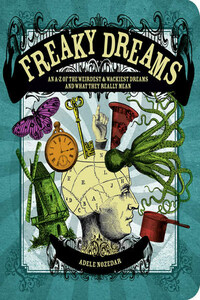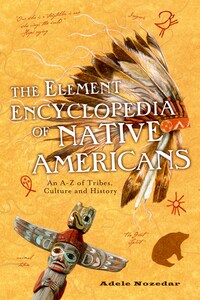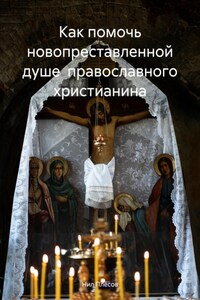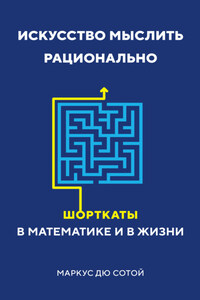NO BEGINNING, NO END: ANATOMY OF A SIMPLE SYMBOL
Rodin said, “Man never invented anything new, only discovered things.” While it’s true to say that some symbols have been man-made for a specific purpose, it’s equally accurate to argue that everything is inspired in some way by the natural world around us, by the forms of nature, plants, animals, the elements. Even a reaction against the fluid forms of nature is generally inspired by a desire to provide an alternative. Sometimes the revelation of a natural symbol is immediate; other such discoveries are the result of years of painstaking observation.
One of our simplest symbols has elaborate and arcane origins.
Here is a picture, not of a manmade or computer-generated pattern, but of the shape made in the sky by the Planet Venus. Venus is the only planet whose dance around the Sun in the depths of space describes such a definite and distinctive form, and we can only imagine the sense of wonder that must have been felt by the ancient Akkadians who first charted the design. They also realized that the Morning Star and the Evening Star, previously considered to be two separate celestial bodies, were one and the same. This discovery had a profound effect, which has cast such a long shadow over the archeology of symbols that we are still governed by it today. Here’s why.
Because of Venus’s proximity to the Sun, its light is often obliterated, and so it is visible only in the early morning or in the evening, either just before sunrise or just after sun-set. The Greeks called the morning star Eosphoros, “bringer of the dawn” (later, the star would be called Lucifer, the brightest of the angels cast out of the Heavens). As the Evening Star, it was called Hesperos, “star of the evening” (which gives us the name of evening prayers, or vespers).
It takes eight years and one day for the appearances of Venus to complete an entire pentagram. These days we can plot these movements relatively easily, but for our ancestors the process must have been elaborate and painstaking, as uncertain and laborious a voyage of discovery as the traversing of any great physical ocean. The Goddess that we know as Venus was, to the Akkadians, Ishtar/Inanna, divinity not only of love and harmony but also Goddess of war. Incidentally, Venus is the only major planet of our solar system, aside from the Earth itself, to be designated a feminine spirit.
The Mayans determined their calendrical system from the movements of Venus, and chose propitious positions of the planet to determine the time of a war. The five-pointed star that is still used as a military symbol—stenciled onto tanks, for example, or used in insignia—derives from the stately movement of this great astral Goddess.
Similarly, the apple given by Eve to Adam contained a hidden symbol within it; the pentagram created by the pattern of the pips. Eve offered Adam not only knowledge of the divine feminine—a holy grail indeed—but offered him a symbol of the true marriage of opposites, the feminine number two wedding to the masculine number three. Eve, therefore, personifies Ishtar/Venus/Aphrodite as the Goddess of sensual love (and Venus, incidentally, is the derivation of the word “venereal”). Further, Ishtar was demonized in the Bible as the Whore of Babylon.
So, a seemingly simple thing such as the shape made in the sky by the path of a planet can be full of complexities and contradictions, which not only clarifies some aspects of the symbol but also poses further questions. The truth is that the quest to understand the meaning of a symbol is as much a personal voyage of discovery as a collective one, and it is in the spirit of exploration that I hope you will adventure into this book.










